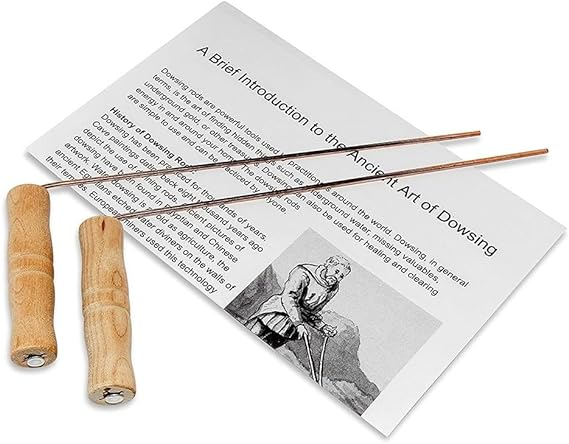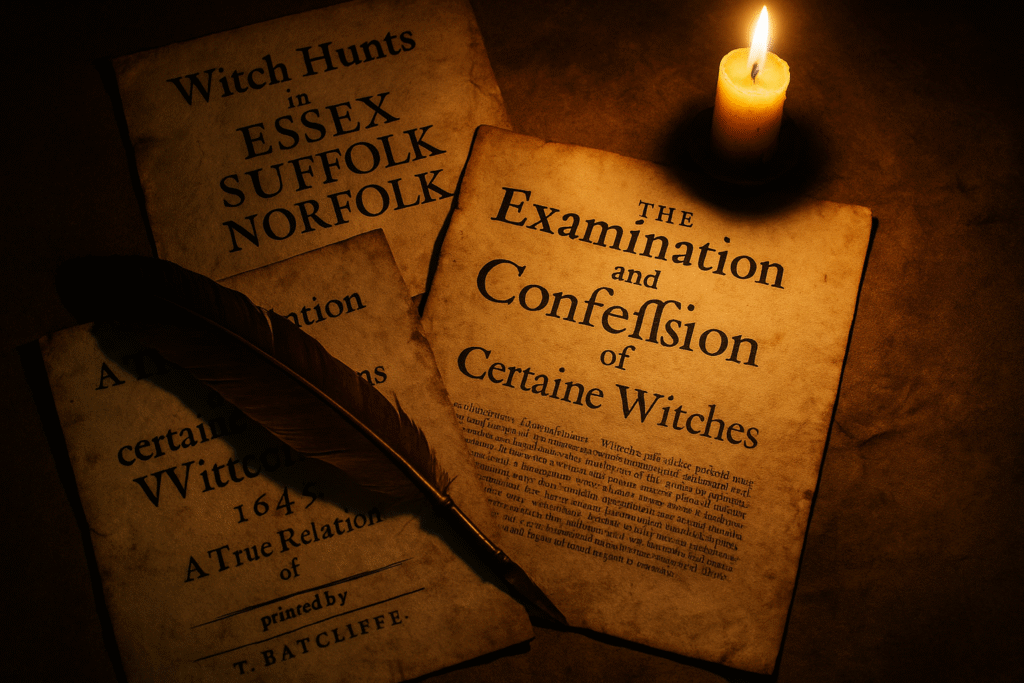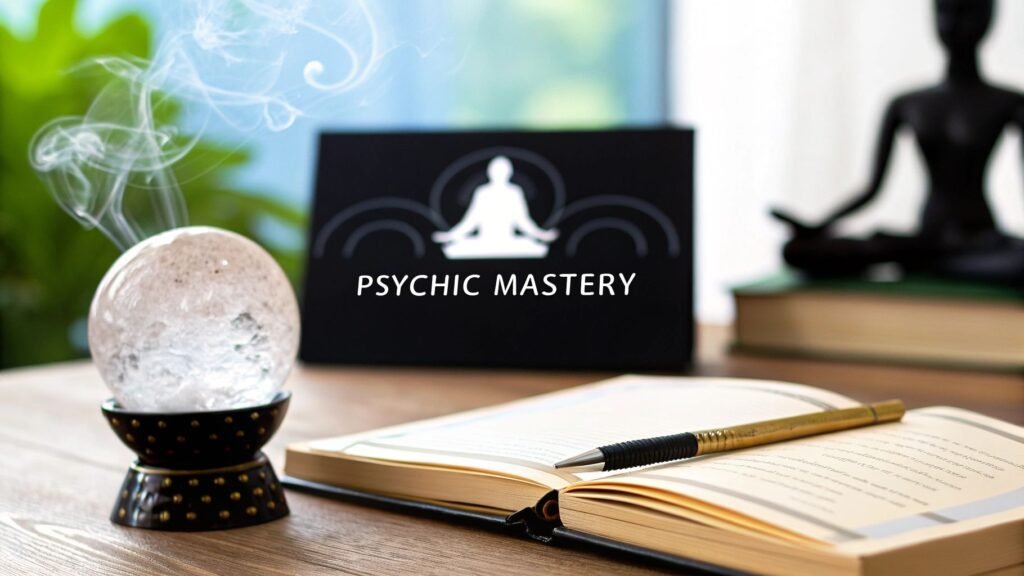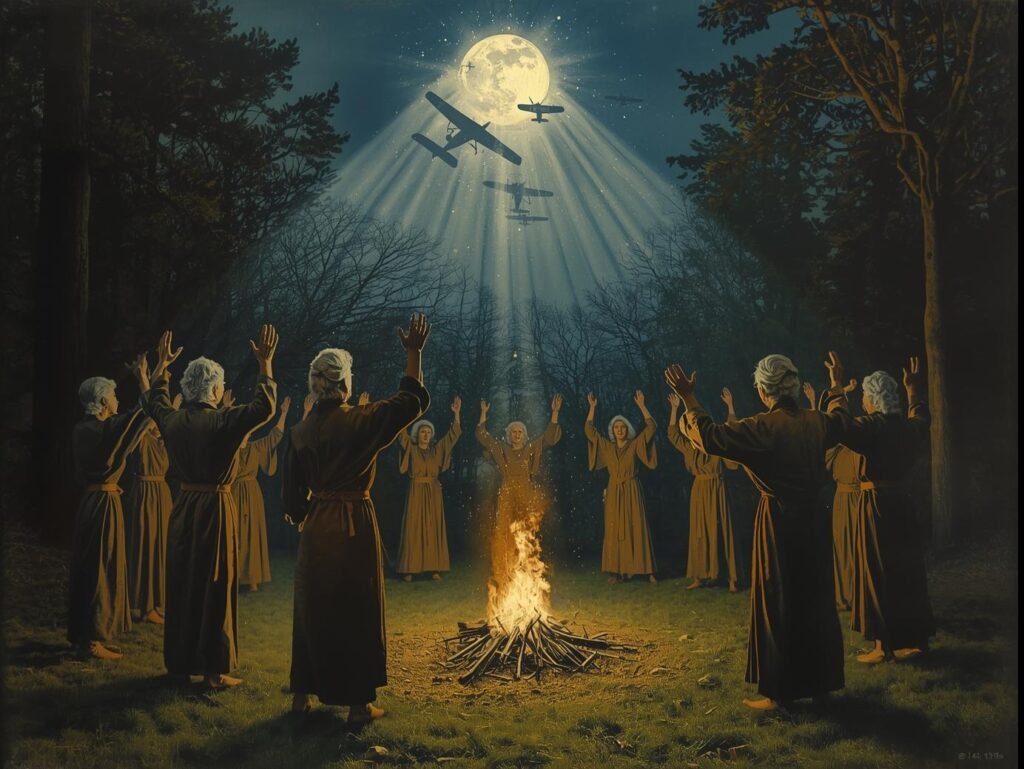The world of mysticism is filled with intriguing practices, each offering a unique glimpse into the unseen. One such practice that has fascinated and perplexed people for centuries is dowsing, particularly the use of dowsing rods. In this blog post, we’ll delve into what dowsing rods are, how to use them, and discuss their reliability.
What Are Dowsing Rods?
Dowsing rods are simple tools traditionally used to locate underground water, minerals, or other hidden objects. Typically made from metal or wood, these rods are often L-shaped, although Y-shaped rods are also common. The practitioner, known as a dowser, holds the rods loosely in their hands and walks over the area where they seek to find something hidden.
Dowsing rods have been part of human history for thousands of years, with ancient cultures across the globe using them in various forms. Despite their historical roots, dowsing remains a popular practice today, embraced by both sceptics and believers alike.
History of Dowsing and Dowsing Rods
Dowsing, particularly using dowsing rods, has a rich and storied history that spans across various cultures and centuries. From ancient civilizations to modern day enthusiasts, the practice has evolved but remains rooted in its mystical origins. Let’s delve into how it has captured human imagination for thousands of years.
Ancient Beginnings
The exact origins are difficult to pinpoint, but evidence suggests that it dates back to ancient times. Some of the earliest recorded instances come from ancient Egypt and China.
Ancient Egypt: Hieroglyphs and temple carvings depict figures holding forked rods, which some historians believe indicate the use of dowsing tools. The ancient Egyptians are known for their advanced knowledge of natural sciences and may have used this to locate underground water sources to support their irrigation systems.
Ancient China: In China, there are records dating back to 2200 BCE of the use of dowsing rods to locate water and minerals. The ancient Chinese text “The Book of Changes” (I Ching) mentions the use of dowsing as a method to find water.
Medieval Europe
The Practice became more widely known in Europe during the Middle Ages. It was commonly used to locate underground water sources, which were essential for agriculture and daily living.
German Miners: In the 16th century, German miners used dowsing rods to locate valuable mineral deposits. This practice was documented by Georgius Agricola, a renowned scholar and the author of “De re metallica,” a comprehensive treatise on mining and metallurgy.
Witchcraft Accusations: During the same period, the practice also garnered negative attention. In some regions, dowsers were accused of witchcraft and heresy. The Church often viewed dowsing with suspicion, believing that the rods were instruments of sorcery.
The Renaissance and Beyond
The Renaissance period saw a resurgence of interest, driven by the broader intellectual curiosity and scientific exploration of the time.
Scientific Inquiry: By the 17th and 18th centuries, dowsing began to attract the attention of scientists and scholars. However, despite numerous experiments, the scientific community remained divided on the legitimacy of dowsing.
Cultural Spread: Dowsing spread beyond Europe to the Americas and other parts of the world, carried by settlers and explorers. In the United States, dowsing was used by early pioneers to locate water sources for their homesteads.
Modern Day
Today, the practice continues around the world, both as a traditional method for finding water and as a tool for exploring the mystical and paranormal.
Water Witching: In rural and agricultural communities, particularly in the United States and Europe, dowsing (often referred to as “water witching”) is still employed to locate underground water sources.
Paranormal Investigations: In the realm of the paranormal, dowsing rods are used by some investigators to detect energy fields and communicate with spirits. This modern usage keeps the mystical allure of dowsing alive, blending ancient practices with contemporary curiosity.
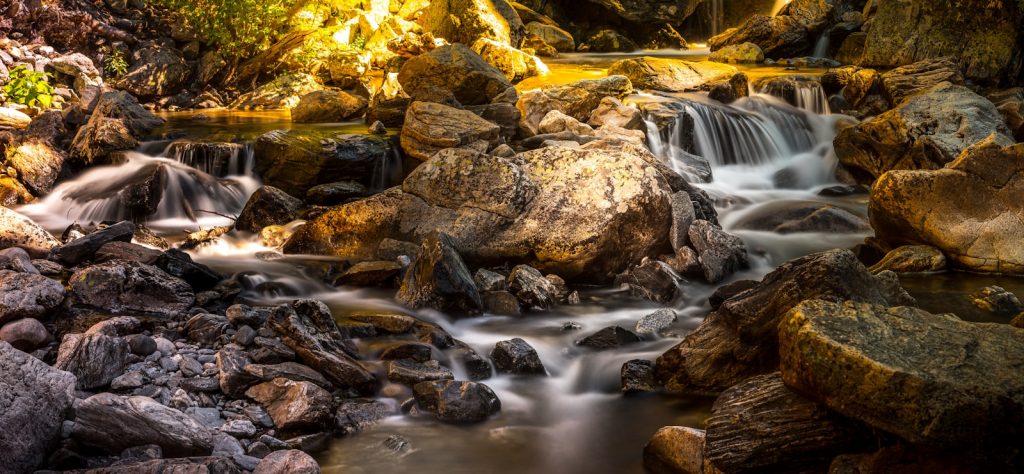
Notable Figures and Events
Throughout history, several notable figures and events have contributed to the lore and legitimacy of dowsing:
Baroness Adelma von Vay: A 19th-century Hungarian noblewoman, Baroness Adelma von Vay, was a prolific dowser and spiritualist. She wrote extensively on the subject, combining her interests in mysticism and healing.
Pierre Bezaudun: A French dowser from the 19th century, Pierre Bezaudun, was reputed to have an extraordinary ability to locate water and minerals. His skills brought him fame and recognition throughout Europe.
How to Use Dowsing Rods
It is a relatively straightforward process, but it requires practice and patience. Here’s a step-by-step guide to get you started:
- Prepare Your Rods: Ensure your dowsing rods are of the right length (typically about 12-18 inches for each rod). They should be light and easy to hold.
- Find a Suitable Location: Choose an area where you suspect there might be underground water or the object you’re searching for. Dowsers often start in locations with a known presence to test their accuracy.
- Hold the Rods Correctly: Hold the rods lightly in each hand, with the short end of the L-shape pointing towards the ground and the longer end extending straight ahead. Your grip should be firm enough to hold the rods but loose enough to allow them to move freely.
- Concentrate and Walk Slowly: Focus on what you’re searching for and begin walking slowly over the area. Keep your mind clear and maintain a steady pace.
- Observe the Rods: Watch the movement of the rods closely. When the rods cross each other or move significantly, it is believed that you have found what you are looking for. Some interpret outward movement (away from each other) as a positive signal as well.
- Mark the Spot: Once you observe significant movement, mark the spot and investigate further to confirm the presence of water, minerals, or other items.
The Reliability
The reliability of dowsing rods is a topic of much debate. Scientific studies have largely failed to support the effectiveness of dowsing, attributing the movements of the rods to the ideomotor effect—a psychological phenomenon where a person makes motions unconsciously.
However, many practitioners swear by the accuracy of dowsing rods, citing personal experiences and successes. They argue that it taps into subtle energies or electromagnetic fields that humans can sense on an unconscious level.
Pros:
Historical Use: Dowsing has been used historically with many anecdotal successes.
Simplicity: The tools are easy to make and use, requiring no special equipment.
Accessibility: Anyone can try it, making it an open and inviting practice for those interested in the mystical.
Cons:
Lack of Scientific Evidence: There is no concrete scientific evidence supporting the effectiveness of dowsing.
Subjectivity: The results can be highly subjective and influenced by the dowser’s expectations or beliefs.
Inconsistency: The success rate of dowsing can vary greatly, leading to questions about its reliability.
The Practice remains a fascinating and enigmatic tool within the realm of mysticism. While the scientific community remains sceptical about their effectiveness, the enduring popularity suggests that many find value in the practice. Whether you view it as a legitimate method for locating hidden objects or simply an intriguing historical curiosity, it offers a unique way to engage with the mysteries of the unseen world.
Happy Dowsing!


